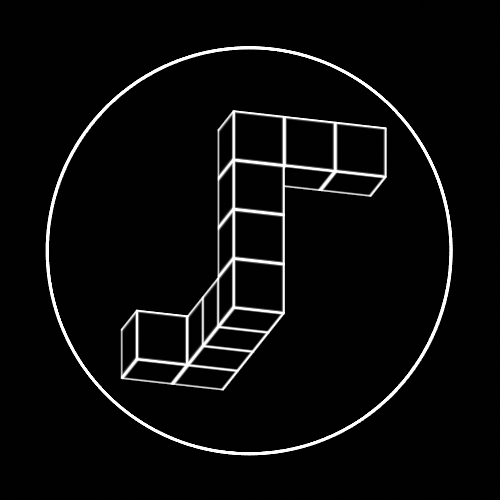I've been doing some visualisation exercises and I had this question. I want to recreate
I planned to do this by creating a 1x1 cube and then cloning it using the array modifier, but I am not sure how to correctly use this tool.
After this, if I try to add another array modifier, it overrides the previous parameters.
I did not apply the modifier yet.





